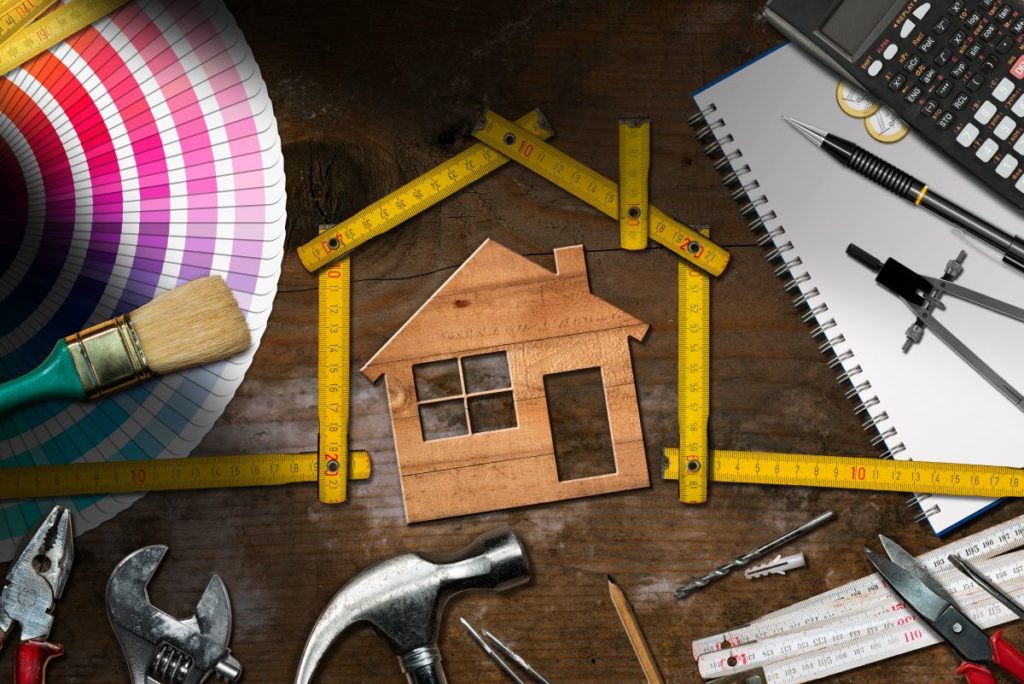In manufacturing, it’s all about making the most of things. It’s the way industrial make things happen. The Industrial Revolution, itself, which started in the year 1760 placed manufacturing in high gear both in Europe and in the United States. Where hand production methods used to run the show, machines now are the main production instruments. It’s faster and the method produces much more products with far lesser downtime. In short, it’s much more efficient.
Of course, we don’t think of our homes as an industrial setting. We view it as a place where we get to rest and have a good time with everyone in the family. But truth be told, we can apply the efficiency of the industry to better our homes. That would definitely give us an upper hand. Being able to improve our precious abode using industrial methods is in fact ideal.
If the thought seems to be daunting, fret not. There are simple ways you can apply industrial methodologies to your home without breaking a sweat. You just have to follow proven ways other home DIYers made before you.
Building Systems
Industrial is purely functional. That’s saying that aesthetics is not really the best of its attributes. We’re talking about the manufacturing stage and not the products of industrial design which can be truly beautiful.
So if you’re looking at an old factory, you’ll see electrical, HVAC, and plumbing often left exposed. And why not? These spaces are meant for production right? So there’s certainly not much need to hide such structural elements.
Now to borrow such a look might have some people in your family cry out for order. No, kidding. Homes are supposed to be aesthetically sound, to begin with. And having those plumbings and ductwork exposed can be a bit revolting to the senses.
But, you can certainly copy industrial elements in a subtler way. For instance, you can use a galvanized pipe to act as your kitchen table, or for that matter use it as shelving brackets. That could be worth pursuing.
On the other side of the fence, you can also take a better look at your home’s electrical system. Improving your electrical wiring can be a good start. That way you take a page from an experienced industrial electrician. And improve your own precious abode’s electrical efficiency in the process.

Industrial Lighting
Have you ever been to a manufacturing plant? Ever seen those lights hanging like pendants on your necklace. That’s actually one of the most iconic symbols of industrial work: the hanging lights. Put in the mix aluminum bulb cages and shades of ribbed glass and it’s as industrial as it can get.
Now, you can also use such a style for home use. What you do is search for top-of-the-line lighting manufacturers today. Many of them specialize in that pendant lighting look. You can accentuate your dining area with it or a room with a high ceiling. Additionally, you can use it in the hallway or the entryway to create that iconic industrial look.
Repurposed Furnishings
There’s a good way for you to save. As always industrial make the most of everything down to the last breath. And this can have a great impact not just on your personal space but also on the environment itself. Indeed, Mother Earth would be proud.
To note, the demand for furniture is on the rise. It is expected to reach as much as $ 8.8 billion by the year 2022. There’s no doubt purchasing a new brand of furniture online can be a great experience. That’s especially true these days when America is battered by the virus.
However, a word of warning. Buying a piece of brand new furniture is a slap to the environment. It’s in fact detrimental to it.
No doubt, many companies are doing their part in pitching in to promote eco-friendly practices. And this is where you can do your part. Use repurposed furniture. You may not even have to buy a new one; you just have to repurpose one that you already have.
Think about it. Know that the furniture industry is a notoriously least-sustainable industry on the planet. They use and abuse raw materials. Imagine how many trees are needlessly cut when a piece of used furniture is thrown away.
Know that every year, Americans throw out about 1 million tons of both furniture and furnishings. When you repurpose an item of furniture you help in preventing more trees to be cut. In short, you put yourself in the fight against deforestation.
Furthermore, you enlist yourself in the fight to limit plastic production. Every year, the size of plastic furniture is growing by leaps and bounds. Just in 2018, it reached a market value of $11.9 billion.
There are a lot of positive things that happen if you bring industrial processes into your precious abode. You not only boost your home’s efficiency in many aspects, but you also help Mother Earth. Indeed, it’s a win any way you look at it.











